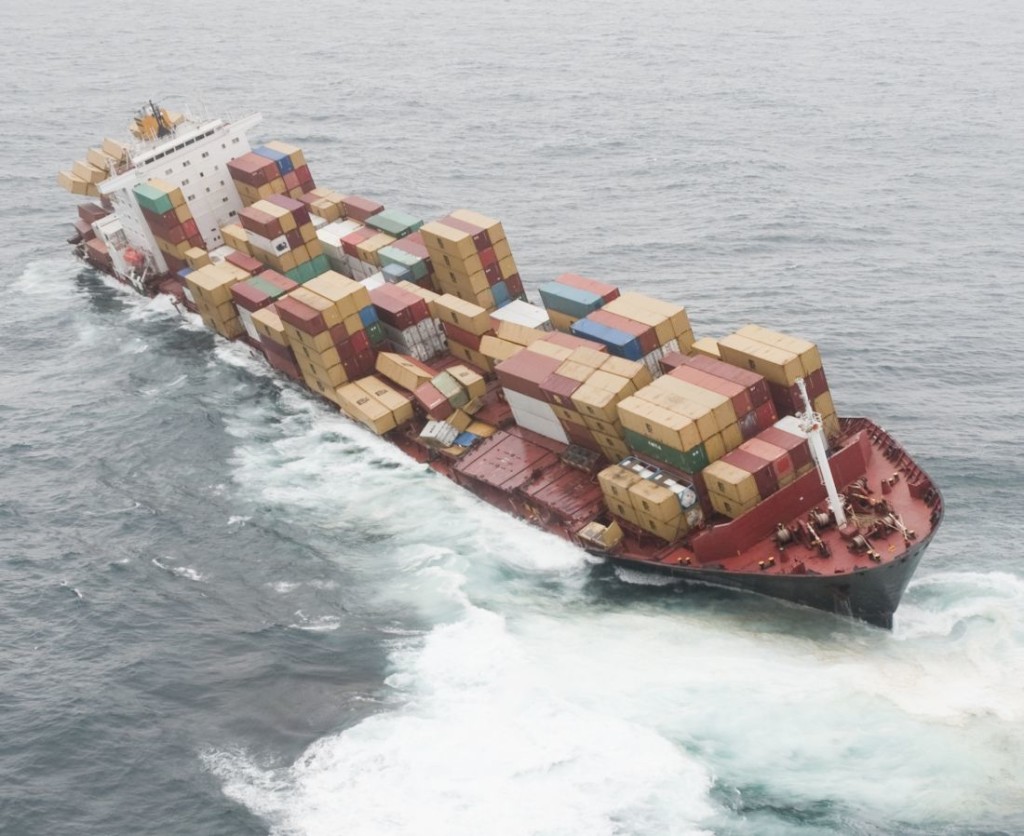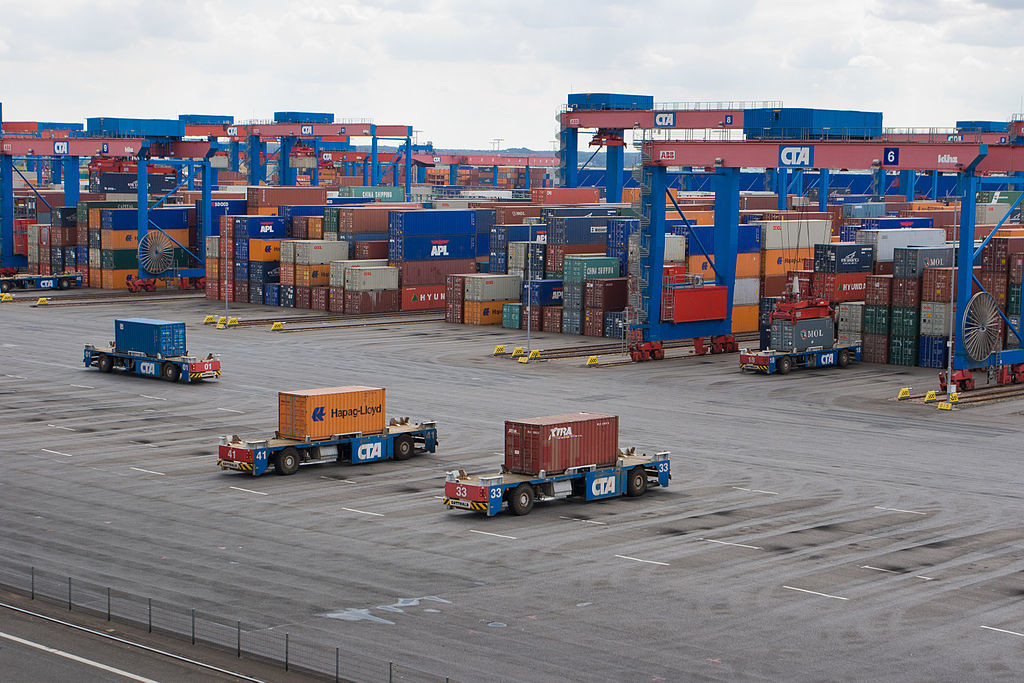Store High In Transport
Ocean shipments of “fertilizer” had their containers labeled Store High In Transport so that the moisture that was a part of being stored near the bottom of the hold would not dissolve the contents. In much the same fashion as we honor the contribution of a British Sanitary Engineer, the contraction has become a part of the English language. The concept of storing high In transport is not as attractive these days, because the highest containers in the stack are the first to be jettisoned into the sea when trouble is blowing. Mostly novice shippers get caught by this fact. A good friend of mind told a story of someone he knew who wanted to bring the secret of caramel filled chocolate bars to Jamaica. He bought a surplus candy making line and loaded it into a container for shipment from Canada to Jamaica. The secret remains safe with Davy Jones. The container with the candy making equipment is at the bottom of the Caribbean Sea. It is easy to see that this container was not shipped using a capable process. As we eliminate waste, it becomes evident that we need a container ship that is less likely to jettison containers. Innovations like that usually come out of the military. The multi-hull littoral combat ships are much more stable in rough weather. It is very likely that a catamaran would make a great container ship and result in a fuel saving as well. From a lean standpoint it is a lot easier to load containers as they are delivered without staging in a yard. Yard staging is a current requirement because the shippers who pay for premium container placement want their containers at the bottom of the stacks. This queuing and staging can easily double the transport time and cause many shippers to choose higher cost air freight. If the majority of containers are directly transferred between boat and truck or train, autonomous vehicles can be implemented to create an automated storage and retrieval system for the rest. We will implement driverless trucks. The first place you will see them in use is in captive applications like docks or yards. It is a whole lot less risky to implement this high level automation when the speeds are a lot slower and people can be excluded from the transport paths. I would not surprise me if the first driverless “trucks” also have a custom shape that matches their task.



